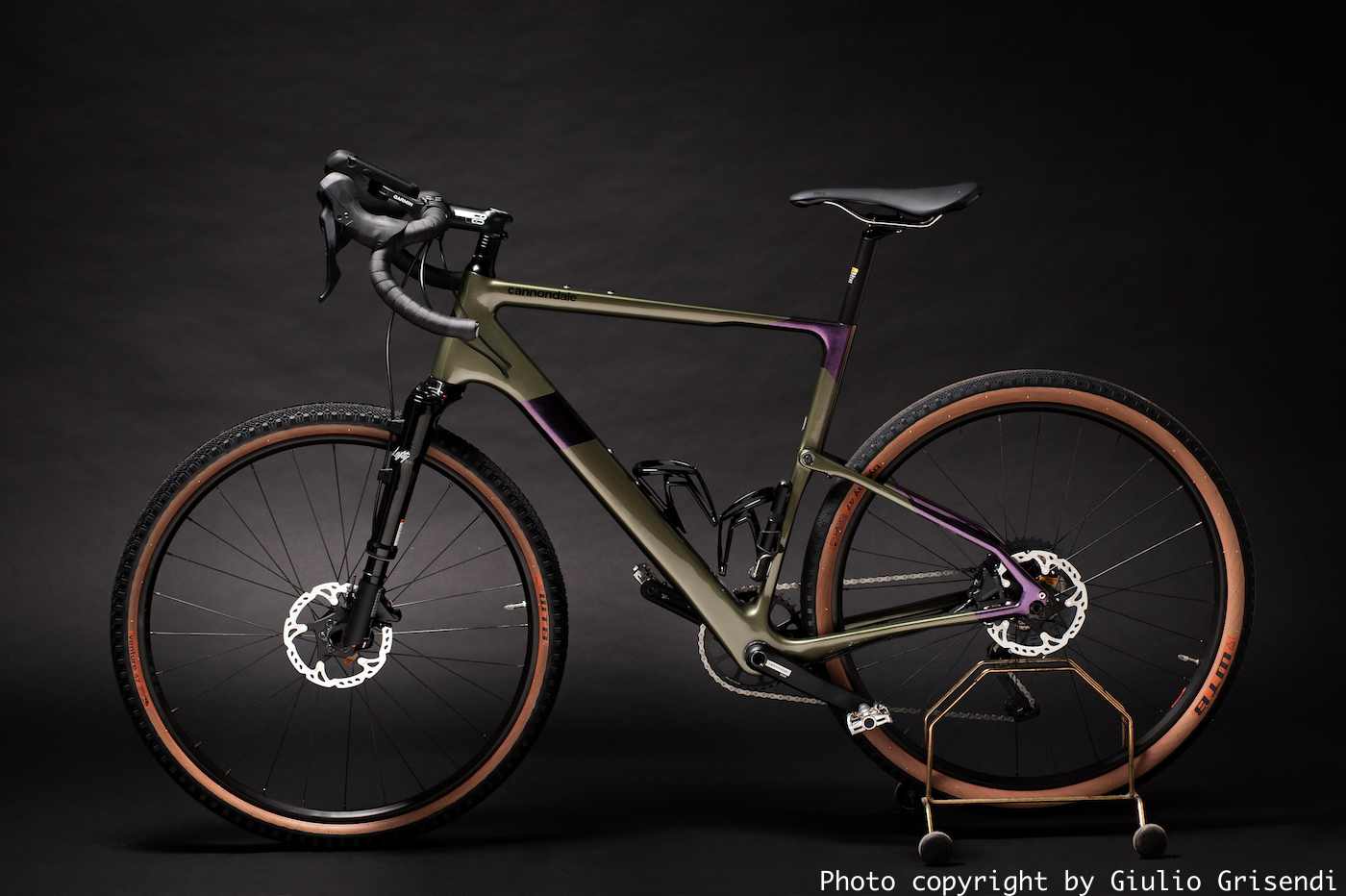MTB and Sag adjustments

The Sag of a MTB’s suspension is a fundamental parameter that greatly influences riding confidence and riding pleasure. Sag, which stands for static sag, is the compression of the suspension due to the weight of the cyclist and his equipment when stationary on the MTB.
This technical adjustment can decisively change the feeling with your bike, improve the riding experience and make your rides much more fun.
As for Sag, there are different general indications based on the type of MTB and the length of the suspension travel. For example, for an XC MTB the Sag is generally around 10%, while on a DH MTB it goes from 20% to 30%.
Typically for forks with 80-120mm of travel, a Sag of between 10% and 15% is recommended, for suspensions with 120-160mm it is between 15% and 25%, and for suspensions with more than 160mm it is recommended between 20% and 30%.
Sag is a very important parameter in the MTB setup because it cascades into everything, from the behavior of the suspension itself to the general behavior of the vehicle.
This depends on the construction characteristics of the suspension and the leverage, the riding style, the terrain and the route itself.
To adjust the Sag, all you need is a plastic o-ring/clamp, a high pressure (HP) pump specific for suspensions (if you have air suspension), a tape measure, a calculator and if possible the help of a friend to speed up the procedure.
In air suspensions, to change the Sag you simply need to inflate or deflate the suspension with the appropriate pump, while for spring suspensions you need to replace the spring itself or, within certain limits, you need to act on the preload ring nut.
Sag: Static sinking of the suspension due to the weight of the cyclist and his equipment when stationary on the MTB.
XC MTB: Sag generally around 10%.
DH MTB: Sag ranging from 20% to 30%.
Forks with 80-120mm of travel: Sag between 10% and 15%.
Suspensions with 120-160mm of travel: Sag between 15% and 25%.
Suspensions with more than 160mm of travel: Sag between 20% and 30%.
Rear shock absorber: Sag slightly higher than the fork, from 20% to 35% depending on the leverage ratio and the progression curve.
Sag is perhaps the most important adjustment in a suspension because it cascades into everything, from the behavior of the suspension itself to the general behavior of the vehicle.
MTB e regolazioni del Sag
Il Sag delle sospensioni di una MTB è un parametro fondamentale che influenza molto la confidenza di guida e il piacere di guidare. Il Sag, che sta per affondamento statico, è la compressione della sospensione dovuta al peso del ciclista e della sua attrezzatura quando si è fermi sulla MTB.
Questa regolazione tecnica può cambiare in maniera decisiva il feeling con la vostra bici, migliorare l’esperienza di guida e rendere le vostre pedalate molto più divertenti.
Per quanto riguarda il Sag, esistono diverse indicazioni generali in base al tipo di MTB e alla lunghezza del travel delle sospensioni. Ad esempio, per una MTB da XC il Sag generalmente è intorno al 10%, mentre su una MTB da DH si va dal 20% fino al 30%. Di norma per forcelle con 80-120mm di escursione si consiglia un Sag compreso tra il 10% e il 15%, per sospensioni con 120-160mm ci si aggira tra il 15% e il 25%, e per sospensioni con più di 160mm si consiglia tra il 20% e il 30%.
Il Sag è un parametro molto importante nel setup della MTB poiché a cascata va a influenzare tutto, dal comportamento della sospensione stessa fino al comportamento generale del mezzo.
Questo dipende dalle caratteristiche costruttive della sospensione e del leveraggio, dallo stile di guida, dal terreno e dal percorso stesso.
Per regolare il Sag, basta un o-ring/fascetta di plastica, una pompetta ad alta pressione (HP) specifica per sospensioni (se si hanno sospensioni ad aria), un metro, una calcolatrice e se possibile l’aiuto di un amico per velocizzare la procedura.
Nelle sospensioni ad aria per variare il Sag basta semplicemente gonfiare o sgonfiare la sospensione con l’apposita pompetta, mentre per le sospensioni a molla è richiesta la sostituzione della molla stessa oppure, entro certi limiti, bisogna agire sulla ghiera di precarico.
Sag: Affondamento statico della sospensione dovuto al peso del ciclista e della sua attrezzatura quando si è fermi sulla MTB.

MTB da XC: Sag generalmente intorno al 10%.
MTB da DH: Sag che va dal 20% fino al 30%.
Forcelle con 80-120mm di escursione: Sag compreso tra il 10% e il 15%.
Sospensioni con 120-160mm di escursione: Sag tra il 15% e il 25%.
Sospensioni con più di 160mm di escursione: Sag tra il 20% e il 30%.
Ammortizzatore posteriore: Sag lievemente più alto rispetto alla forcella, dal 20% fino al 35% a seconda del leverage ratio e della curva di progressione.
Il Sag è forse la regolazione più importante in una sospensione poiché a cascata va a influenzare tutto, dal comportamento della sospensione stessa fino al comportamento generale del mezzo.







